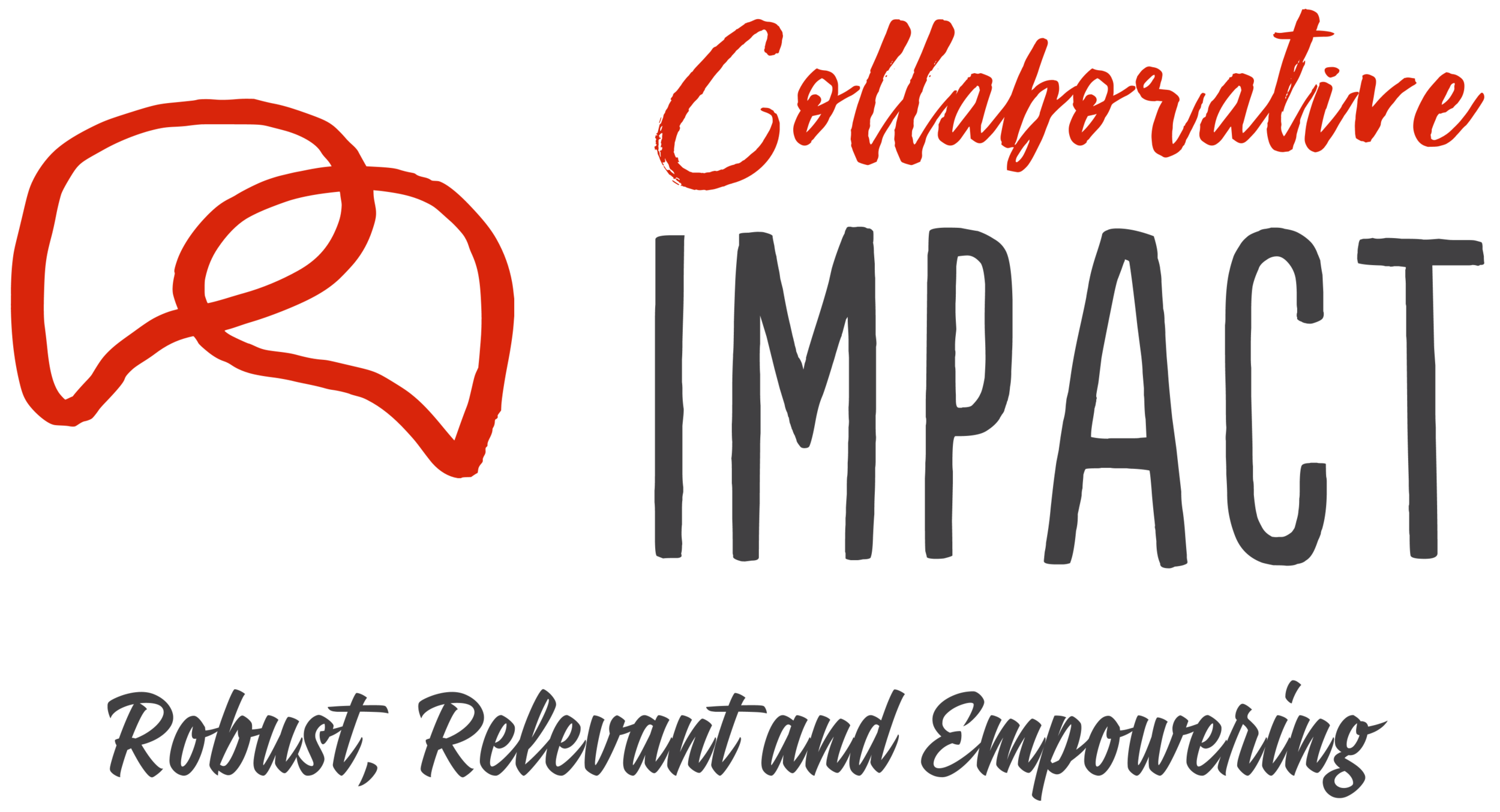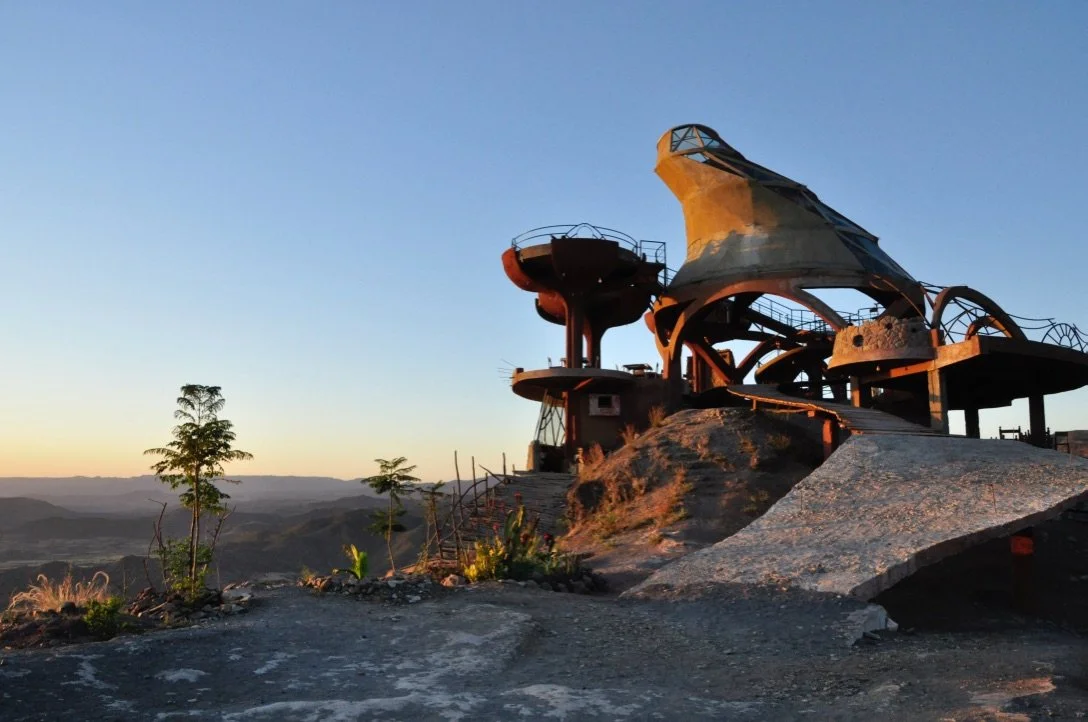About Design Forum
Design Forum is the patented approach used by Matter Group for designing and facilitating workshops (virtual, in-person, or hybrid) aimed at developing innovative solutions and strategies for complex challenges. Unique and effective, it aids organisations, partnerships and coalitions in building alignment around collective impact goals, co-designing change pathways, and planning collective actions. By applying principles and tools that are rooted in complexity theory and systems thinking, it makes these stakeholder engagements highly interactive, dynamic, adaptive, and effective. Speed and depth obtained through rapid iterations of co-creation and feedback foster shared ownership and collaboration across organisational ecosystems.
About Strategic Foresight
Strategic Foresight refers to the evolving discipline and practice used by organisations and, increasingly, by governments for long-term strategic planning (typically 8-10 years), drawing on variables of the future instead of present conditions. It applies insights from Futures Studies to make decisions aimed at achieving organisational or policy goals that help prepare for and/or shape the future. Examples are: planning infrastructure to withstand climate-induced extreme weather events, transitioning a country or sector to renewable energy, or making a region climate resilient for a post-2050 world.
Specifically, Strategic Foresight involves a systematic and participatory process of intelligence-gathering and vision-building to craft future-oriented strategies. Methods it employs for the intelligence gathering and visioning include: backcasting, horizon scanning, trends analysis, futures triangle, scenario planning, and future impact mapping (using the ‘future wheel’). To structure the process, different models can be used, depending on the desired level of engagement and ownership —for instance: the Delphi method seeks to systematically harness expert judgment, while Design Forum is used to facilitate a collaborative co-creation process with stakeholders.
How we use it
Addressing complex problems requires approaches that can: (a) work with both biophysical and social understanding of systems at interrelated scales; (b) engage diverse individuals and institutions; (c) distinguish between and link incremental and transformative change; (d) make issues of power and competing values open and amenable to discussion and resolution; and (e) work effectively through learning, invention, and innovation to help purposely move toward uncertain futures.
We use Matter’s Design Forum model and principles to structure and facilitate Participatory Sensemaking processes in PIALA-based evaluations.
We combine our Participatory Impact Assessment and Learning Approach (PIALA) with Design Forum using Strategic Foresight tools in formative and forward-looking strategy review and design processes, aimed at developing evidence-based transition pathways that are based on variables of the future (rather than the past).
We partner with Matter Group for designing and facilitating complex and politically sensitive strategy design and improvement planning processes with large heterogeneous stakeholder groups aimed at transforming institutions.
Participants in these processes typically include a fair and proportional partner and stakeholder representation of: (1) people who decide (e.g. executives, top managers, funders); (2) people who know (e.g. experts, critics, prophets); (3) people who implement (e.g. staff, contractors, grantees, beneficiaries); and (4) people who experience (e.g. those whose work, life and future are affected).
Design Forum and Foresight Combined
1. Develop a shared vision of alternative futures, based on context and trend analysis.
Horizon scanning can help create an initial map of short, medium and long term trends alongside social, technological, economic, environmental, and political (STEEP) dimensions. Trends analysis gathers the intelligence to further improve the map and make it evidence-based. Wild cards or blue sky thinking helps imagine and take into account disruptive events that may happen and add them to the map.
Backcasting enables participants to articulate a shared societal and environmental vision of a desirable future, and identify and assess potential pathways to the vision, and their roles and contributions in these. It helps to connect near-term choices, decisions and responsibilities to the complex challenges that need to be addressed to arrive at the vision.
2. Identify drivers of change, based on push, pull and weight factor analysis.
The futures triangle helps identify the main push forces (such as present trends, disruptions and innovations), pull forces (incl. emerging opportunities and drivers of alternative futures), and gravitational or weight factors (such as path dependencies, learning disabilities, and conservative powers) that influence the transition to a desired alternative future.
The three horizons tool assists in identifying threats and opportunities for transformative change. It helps analyse how promising push forces might be co-opted either by the weight forces of the past or by the pull forces of the future. For example, digital platform technologies offer opportunities for developing sustainable and fair markets based on digital distributed networks. However, when paired with traditional finance and business models, they lead to degenerative and exploitative business practices.
3. Develop robust strategies to address critical barriers to transformative change.
Backcasting combined with three horizons analysis helps identify critical bottlenecks or barriers that need to be addressed to unlock the potential for transformative change towards the desirable future.
Matter’s Design Forum tools assist in developing strategies focused on developing robust and sustainable solutions through iterative and recursive SCAN-FOCUS-ACT cycles of strategy design and stress testing in multiple scenarios. Strategies are developed and stress-tested for ideal, nightmare, and real-world scenarios for different sets of priority variables.

















